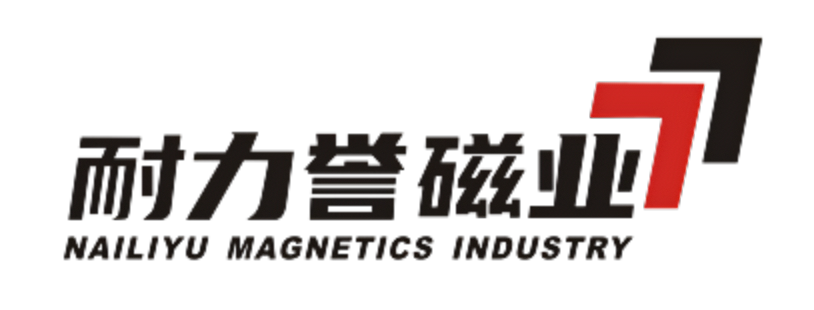Process
Sintered NdFeB permanent magnet is an iron-based permanent magnet material manufactured by powder metallurgy process. The main raw materials are rare earth metal neodymium (Nd) 30%, metal element iron (Fe) 64% and non-metallic element boron (B) 1% (a small amount of dysprosium (Dy), terbium (Tb), cobalt (Co), niobium (Nb), gallium (Ga), aluminum (Al), copper (Cu) and other elements)
The process of sintering NdFeB can be divided into the following nine steps:
1. Ingredients: NdFeB permanent magnet Its main raw materials are rare earth metal neodymium 29%-32.5%, metal element iron 63.95-68.65%, non-metallic element boron 1.1-1.2%, a small amount of dysprosium 0.6-1.2%, niobium 0.3-0.5%, aluminum 0.3-0.5%, copper 0.05-0.15% and other elements.

2. Vacuum melting: It is mainly to cast pieces or ingots according to the proportional weighing of raw materials, which are completed by large furnaces and small furnaces respectively.
3. Hydrogen decrepitation: Using the hydrogen absorption characteristics of rare earth metal compounds, the NdFeB alloy is placed in a hydrogen environment, and the hydrogen will enter the alloy along the Neodymium-rich phase thin layer, causing it to expand and break and turn the flakes into coarse powder.
4. Jet mill: The principle is similar to that of a mixer, the high-pressure air flow blows up the coarse powder, and the powder collides with each other in the air flow to become a fine powder.
5. Pressing: Put the subdivision in the mold and press it into the desired shape.
6. Isostatic pressure: The working principle is Pascal fixed force, and the pressure is released to the object one after another, and the density of the product gradually decreases to meet the predetermined requirements.
7. Oil stripping: It is to remove the product packaging that has been pressed statically and prepare for sintering.
8. Sintering: Put the product into a specific sintering furnace for a series of sintering, and the small steps can be divided into furnace feeding, sintering, furnace discharge, sintering pot leveling, furnace temperature verification, demagnetization, reverse firing and other processes. Finally, the blank product can be obtained.

9. Machining: blank materials according to customer needs: grinder, wire cutting, slicing, punching, electroplating, magnetization, testing, packaging, delivery, depending on the customer’s products.
